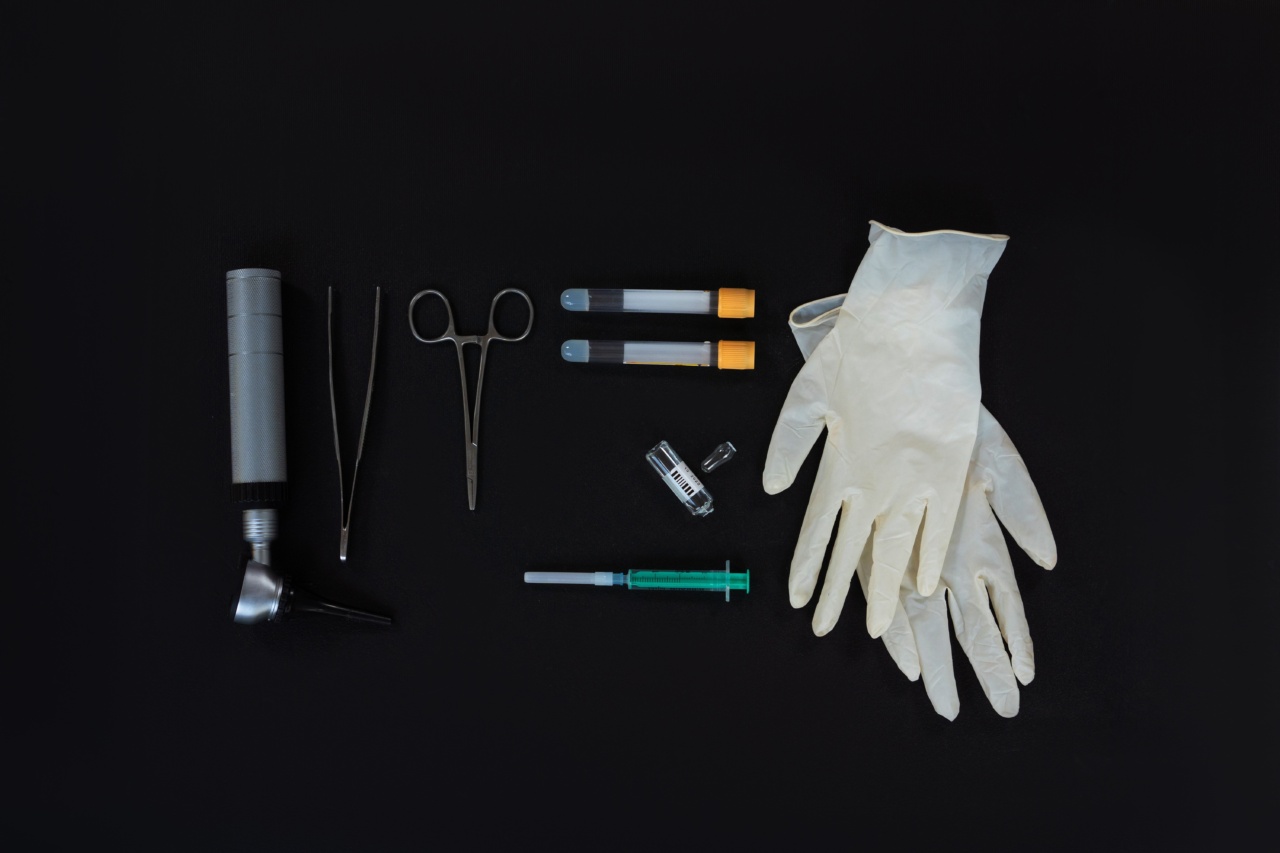Plastic surgery has become increasingly popular in recent years, with more and more people seeking to enhance their appearance and improve their self-confidence.
However, like any surgical procedure, plastic surgery carries certain risks and potential complications. It is vital for individuals considering plastic surgery to be well-informed about the safety measures and precautions that should be taken before, during, and after the procedure.
Choosing a Qualified Plastic Surgeon
One of the most important safety measures in plastic surgery is choosing a qualified and experienced plastic surgeon.
It is crucial to research and select a surgeon who is board-certified and has extensive training and expertise in the specific procedure you are seeking. Checking the surgeon’s credentials, reading reviews and patient testimonials, and scheduling a consultation to discuss your goals and expectations can help ensure you are in good hands.
Thorough Consultation and Evaluation
Prior to undergoing any surgical procedure, a thorough consultation and evaluation with the plastic surgeon are essential.
During this process, the surgeon will discuss your medical history, assess your current health condition, and carefully evaluate your overall suitability for the procedure. They will discuss the potential risks and complications, as well as the expected outcomes and recovery process. This step is crucial to ensure that you are a good candidate for the surgery and that your expectations are realistic.
Preoperative Preparation
Plastic surgery safety measures also include appropriate preoperative preparation. This may involve quitting smoking several weeks before the procedure, as smoking can impair the healing process and increase the risk of complications.
Additionally, certain medications or supplements that can affect bleeding or anesthesia may need to be discontinued before surgery. The surgeon will provide specific instructions regarding preoperative fasting, hygiene, and any necessary laboratory tests to ensure your safety.
Operating Room Safety
Ensuring a safe operating room environment is crucial for plastic surgery.
The facility should be accredited, with a team of trained professionals, including anesthesiologists, nurses, and surgical technicians who specialize in plastic surgery procedures. The operating room should be equipped with state-of-the-art equipment and adhere to strict sterilization protocols. Maintaining a sterile environment reduces the risk of infections and ensures the safety of the patient during the surgery.
Anesthesia Safety
Anesthesia plays a vital role in plastic surgery, and its administration should be closely monitored to ensure patient safety. Depending on the procedure, either general anesthesia or local anesthesia with sedation may be used.
An experienced anesthesiologist will evaluate your medical history and tailor the anesthesia plan accordingly. Regular monitoring of vital signs during the surgery is essential to ensure patient comfort and safety.
Minimizing Surgical Risks
To minimize surgical risks, it is important to follow specific safety measures during the procedure.
This includes strict adherence to surgical protocols, such as proper hand hygiene, surgical site preparation, and the use of sterile instruments and supplies. The surgeon should also take appropriate measures to minimize bleeding and control pain. Good surgical technique and attention to detail play a significant role in reducing the risk of complications.
Postoperative Care and Monitoring
After undergoing plastic surgery, postoperative care and monitoring are crucial for a successful recovery. The surgeon will provide detailed instructions on wound care, medication management, and activity restrictions.
Regular follow-up visits will allow the surgeon to monitor your progress, address any concerns, and ensure proper healing. It is essential to attend all scheduled postoperative appointments and promptly notify the surgeon of any unexpected symptoms or issues.
Risks and Possible Complications
While plastic surgery is generally safe, it is important to be aware of the potential risks and complications.
These can vary depending on the specific procedure, but may include infection, bleeding, scarring, nerve damage, asymmetry, allergic reactions, and dissatisfaction with the results. Understanding the potential risks, discussing them with your surgeon, and following all postoperative instructions can help minimize the likelihood of complications and ensure a safe and successful outcome.
Evaluating Realistic Expectations
Having realistic expectations is crucial for both patient satisfaction and safety. Plastic surgery can improve your appearance and boost your self-confidence, but it is essential to understand its limitations.
Discussing your goals and expectations with the surgeon during the initial consultation can help ensure that you have a clear understanding of what can be achieved through the procedure. Unrealistic expectations can lead to disappointment or even multiple revision surgeries, which can increase the risks and complications.
Conclusion
Plastic surgery can be a life-changing and transformative experience when approached with caution and an emphasis on safety measures.
By choosing a qualified surgeon, thoroughly preparing for the procedure, and following all preoperative and postoperative instructions, individuals can minimize the risks and complications associated with plastic surgery. It is essential to prioritize personal safety and well-being while striving for the desired aesthetic enhancements.






























